
Course Intermediate 7393
Course Introduction:Git is a Distributed Version Control System (DVCS for short), which is divided into two types of warehouses: Local warehouse and remote warehouse The workflow is as follows 1. Clone or pull code from the remote repository to the local repository (clone/pull) 2. Make code modifications locally 3. Submit the code to the staging area before submitting it 4. Submit to local repository. Save each modified historical version in the local warehouse 5. After the modification is completed, when you need to share the code with team members, push the code to the remote warehouse
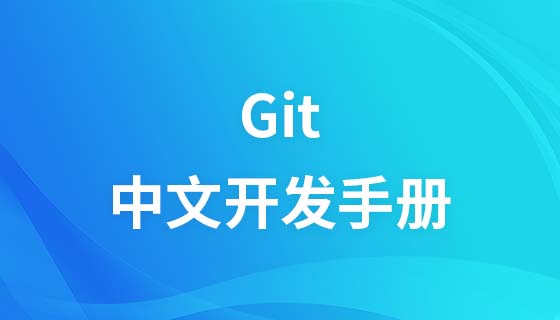
Course Elementary 4134
Course Introduction:Git is a distributed version control software originally created by Linus Torvalds and released under the GPL in 2005. It was originally designed to better manage Linux kernel development.
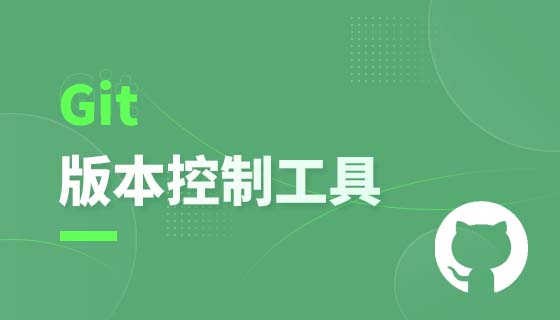
Course Elementary 12571
Course Introduction:Git is a powerful version control tool, divided into graphical version and command line version (sourcetree). This chapter only explains the Git operation of the command line version. Git was originally developed by Linus Torvalds, the father of Linux, in order to improve It is written to manage Linux kernel code well and is used by many large Internet companies. The benefits of learning Git: 1. Have a local version library and roll back the version at any time; 2. It is very simple to establish a branch; 3. It is faster, especially after you are familiar with Git commands; 4. Designate and work with several different remote code repositories. Interaction.

Course Elementary 23731
Course Introduction:This course mainly explains the installation and basic use of git on various platforms. Git can help us solve problems such as file submission, checkout, history review, conflict resolution, and multi-person collaboration mode, and greatly improve our work efficiency.
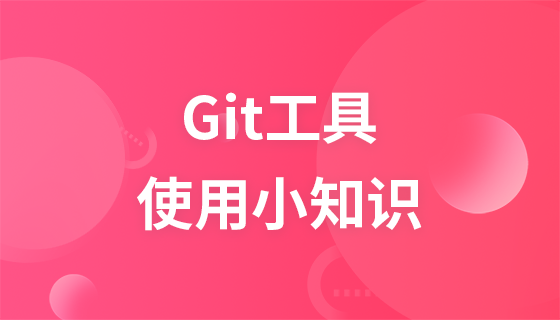
Course Elementary 21490
Course Introduction:Git is an open source distributed version control software that is used to effectively and quickly handle version management of projects from small to very large projects. This "Little Knowledge on Using Git Tools" mainly explains what git is; how to use git; the difference between git and other version control software, etc.! Each small knowledge point takes about 5 minutes, and we strive to be concise and to the point!
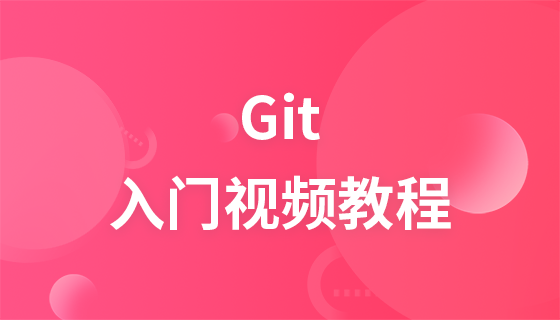
Course Elementary 28892
Course Introduction:Version control can greatly improve programmers' work efficiency, but it usually involves command line operations and has a steep learning curve. The purpose of this course "Getting Started with Git Video Tutorial" is to let everyone get started with Git in the shortest possible time.
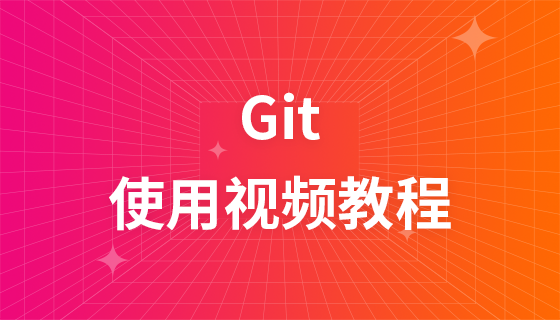
Course Elementary 22422
Course Introduction:Git is a free and open source distributed version control system for agile and efficient work on projects of any size. More and more projects are migrating to Git for management, including many open source projects hosted on GitHub, making Git the most popular version control system today, and therefore Git has become an indispensable skill. "Geek Academy Git Usage Video Tutorial" will introduce you to the local and remote operations of Git, hoping to lead you to easily master Git operations.

Course Elementary 13369
Course Introduction:Git is a free and open source distributed version control system for agile and efficient work on projects of any size. More and more projects are migrating to Git for management, including many open source projects hosted on GitHub, making Git the most popular version control system today, and therefore Git has become an indispensable skill. "Boolean Education Git Quick Start Video Tutorial" will introduce you to the local and remote operations of Git, hoping to lead you to easily master Git operations.
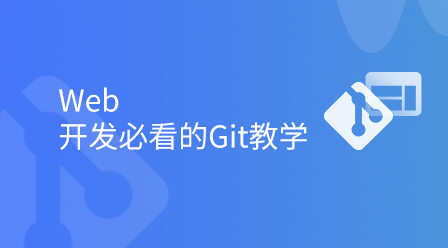
Course Elementary 7696
Course Introduction:Git is an open source distributed version control system that can handle version management of projects from very small to very large efficiently and at high speed. It is also an open source version control software developed by Linus Torvalds to help manage Linux kernel development.

Course Intermediate 22219
Course Introduction:Git is an open source distributed version control system for agile and efficient handling of any project, small or large. Git is an open source version control software developed by Linus Torvalds to help manage Linux kernel development. Git is different from commonly used version control tools such as CVS and Subversion. It uses a distributed version library and does not require server-side software support.

Course Elementary 13759
Course Introduction:Scala Tutorial Scala is a multi-paradigm programming language, designed to integrate various features of object-oriented programming and functional programming.

Course Elementary 82272
Course Introduction:"CSS Online Manual" is the official CSS online reference manual. This CSS online development manual contains various CSS properties, definitions, usage methods, example operations, etc. It is an indispensable online query manual for WEB programming learners and developers! CSS: Cascading Style Sheets (English full name: Cascading Style Sheets) is an application used to express HTML (Standard Universal Markup Language).

Course Elementary 13140
Course Introduction:SVG is a markup language for vector graphics in HTML5. It maintains powerful drawing capabilities and at the same time has a very high-end interface to operate graphics by directly operating Dom nodes. This "SVG Tutorial" is intended to allow students to master the SVG language and some of its corresponding APIs, combined with the knowledge of 2D drawing, so that students can render and control complex graphics on the page.

Course Elementary 24588
Course Introduction:In the "AngularJS Chinese Reference Manual", AngularJS extends HTML with new attributes and expressions. AngularJS can build a single page application (SPAs: Single Page Applications). AngularJS is very easy to learn.

Course Elementary 27445
Course Introduction:Go is a new language, a concurrent, garbage-collected, fast-compiled language. It can compile a large Go program in a few seconds on a single computer. Go provides a model for software construction that makes dependency analysis easier and avoids most C-style include files and library headers. Go is a statically typed language, and its type system has no hierarchy. Therefore users do not need to spend time defining relationships between types, which feels more lightweight than typical object-oriented languages. Go is a completely garbage-collected language and provides basic support for concurrent execution and communication. By its design, Go is intended to provide a method for constructing system software on multi-core machines.
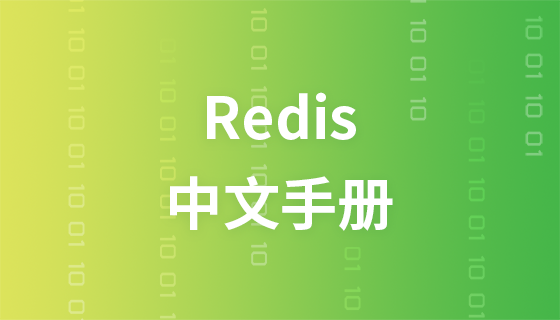
Course Elementary 57889
Course Introduction:"Redis Command Operation Chinese Manual" is the latest official Redis online reference manual. Redis is an in-memory cache database. This manual contains various Redis operation commands with Chinese explanations. You will learn to master the efficient use of Redis in the data server. It is a must-have online query for Redis learning and users. Refer to the documentation tutorial!
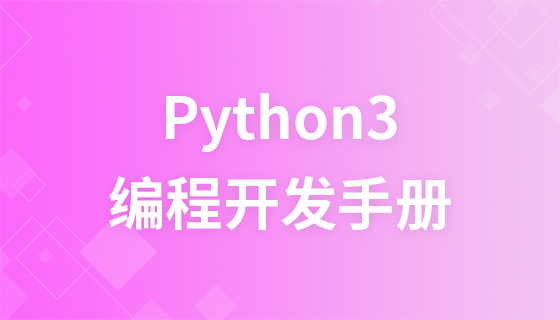
Course Elementary 87574
Course Introduction:"Python 3 Tutorial" The 3.0 version of Python is often called Python 3000, or Py3k for short. This is a major upgrade compared to earlier versions of Python. In order not to bring too much burden, Python 3.0 was not designed with backward compatibility in mind. Python language is very simple and easy to use for beginners and to complete common tasks.
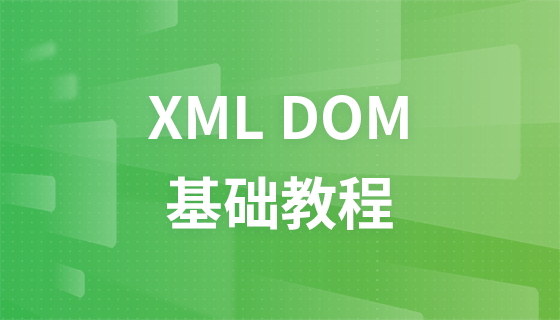
Course Elementary 21048
Course Introduction:"XML DOM Tutorial" XML DOM defines a standard method for accessing and manipulating XML documents. DOM treats an XML document as a tree structure, with leaves defined as nodes. If you want to use XML, you need to understand the XML DOM.
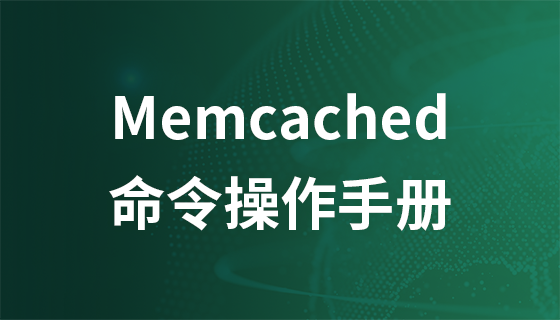
Course Elementary 17790
Course Introduction:"Memcached Command Operation Manual" is the latest official Memcached online reference manual. In this Memcached document, various Memcached operation commands are provided with Chinese explanations. You will learn how to use Memcached to reduce database load and improve performance. It is a must-have online query reference document tutorial for Memcached learners and users!
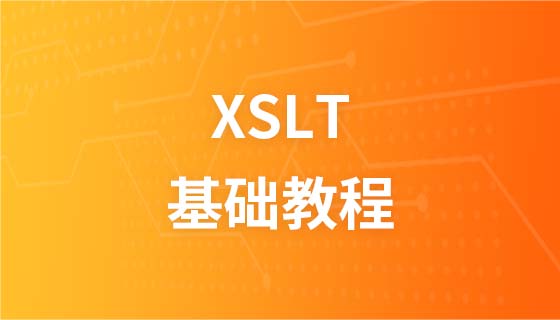
Course Elementary 9836
Course Introduction:"XSLT Tutorial" XSL refers to the EXtensible Stylesheet Language (EXtensible Stylesheet Language), which is a stylesheet language for XML documents. XSLT refers to XSL Transformation. In this tutorial, you will learn how to use XSLT to transform an XML document into another document, such as XHTML.